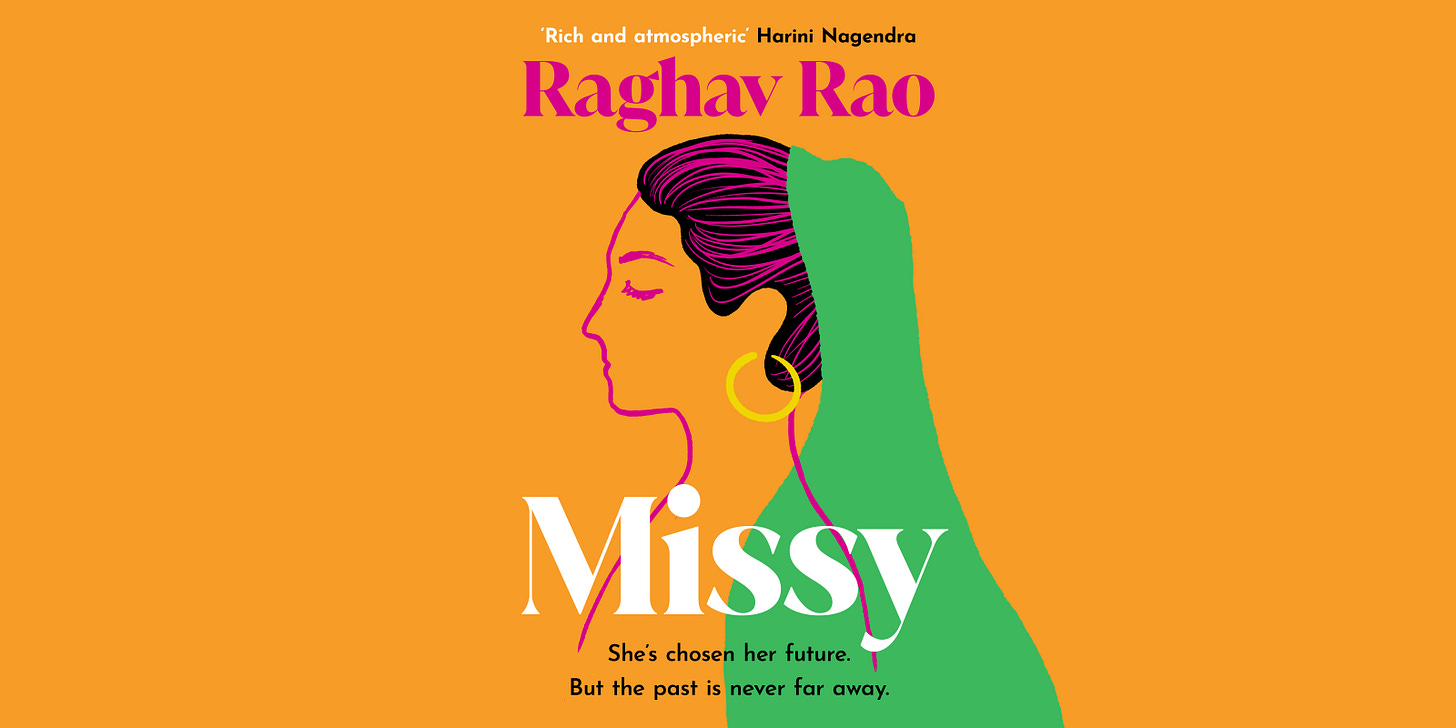To date, I have learned about 667 Kanji. I am enjoying my journey and doing it マイペー (maipēsu), at my own pace. When I first posted about this (August of last year), I had learned about 375 of these logographs. My motivation remains strong. It’s just that sometimes I get busy and need to defer my practice. But overall, it’s been steady progress.
There are two important thresholds that I’m chasing:
1,006 —- this is the number of kanji taught in the first 9 grades of Japanese schooling. The majority of everyday Japanese is covered by these.
2136 — advanced Japanese literacy
Today, I want to share with you an unusual word. It is made up of 5 kanji and does not have any hiragana or katakana (the phonetic alphabets). Usually, the phonetic alphabets help mobilize kanji into speech. For example, a kanji ending in a ‘ru’ hiragana (る) is the verb form of a kanji and words ending in ‘i’ hiragana (い) tend to be its adjective form.
But today’s word is a noun and nouns often are made up of only kanji.
I should say that ‘nouns’, ‘verbs’, and ‘adjectives’ are not exactly perfect descriptors for words in Japanese. It’s more helpful to think of the kanji, as logographs that carry meaning, as ‘stems’ and then you learn, with phonetics, how to manipulate those stems. But let’s put that on a shelf for now.
The word I want to analyze is:
Does it look intimidating and complicated? Well, when you go step by step and component by component, it reveals its meaning. Let’s start right to left.
話 is composed of the radicals 言 ‘say’ and 舌 ‘tongue’ — it means ‘talk’
Mnemonic: It’s pronounced ‘wa’; who is talking? The Walrus! He’s saying, “I am the walrus!”
電 is composed of the radicals 雨 ‘rain’ and 田 ‘rice paddy’ and 乚 ‘umbrella’ — it means ‘electricity’
Imagine Ben Franklin running around a rice paddy holding an umbrella and hoping to be struck my lightning. I no longer need this mnemonic since it’s used in ‘densha’ 電車 (electric train) which is a very common word.
番 is composed of the radicals 釆 ‘sickle’ and 田 ‘rice paddy’ — it means ‘number in a serial’
You and your fellow agricultural laborers on this ghastly collective farm take turns harvesting with a sickle until you are banned from the activity. (Intense emotions help with memorization). The pronunciation is ‘ban’ but I no longer need the mnemonic as this kanji is used in 一番, ‘ichiban’, a very common Japanese word meaning ‘first’ or ‘number one’ or ‘best.’
守 is composed of the radicals 宀 ‘roof’ and 寸 ‘measurement’ — it means ‘protect’
In America, in the event that your contractor does a bad job with the roof and it fails to protect you from rain, you can ‘sue’ them. The pronunciation for this is ‘su’
留 is composed of the radicals ム ‘private’ and 刀 ‘sword’ and 田 ‘rice paddy’ — it means ‘detain’.
I imagine Tatum’s cousin Ryuichiro is part of a small rural militia that finds and detains a suspicious character. This makes sense to me because, in real life, in addition to his day job, Ryu is a volunteer firefighter. The pronunciation for this is ‘ryu’ or ‘ru’
So adding all these together, left to right, you get
Ru + Su + Ban + Den + Wa and the word is in fact Rusuban Denwa.
留守 = rusu = absence from home = detain & protect. This sort of makes sense if you think that you are detained away from the place that you are meant to protect.
So then, let’s add, 番 (ban), which is number in a serial, which can also be thought of as ‘turn’. So the person whose turn it is to take care of home during your absence is a caretaker!
留守番 = rusuban = caretaker
電話 = denwa = electric talk = phone
Caretaker + Phone?
Answering Machine!
Yay! Rusuban Denwa. 留守番電話. It means ‘Answering Machine’
Great job those of you who made it this far!
Hope you enjoyed this diversion.
Warmly,
Raghav
MISSY Pre-Order Information:
Apologies if you have already pre-ordered my book. Some people have mentioned having a hard time pre-ordering my book. The best online retailers for my book are currently Waterstones and Blackwells. Amazon US does not currently support my book because the US rights remain on submission.
Here’s the pre-order link again.
For more info about my book and why it’s currently only available for pre-order in the UK or to share it with other interested parties, please see the previous post on this subject.






Hi Raghav! Always delighted to receive and read your newsletter. Your perspective on kanji letters is so refreshing. I hope this information further helps with your Japanese language journey - a couple of years ago, the government decided to set the Kanji learning goal to be 1026 until the end of 6th grade and and 2136 (in total including the 1026) until the end of 9th grade. Having learned 667 letters is equivalent to being into 5th grade here in Japan :)
I am wishing you the best of luck with continuing this journey, and thank you for inspiring me to keep learning.
- Yuka W.
This is good. It takes the scare out of visiting Japan. Up in the hinterlands where the tea inns, temples and misty mountains are nobody can translate for me. A collection of 667 Kanji (in a little red book with Raghav’s picture on the cover) could see me through the journey.